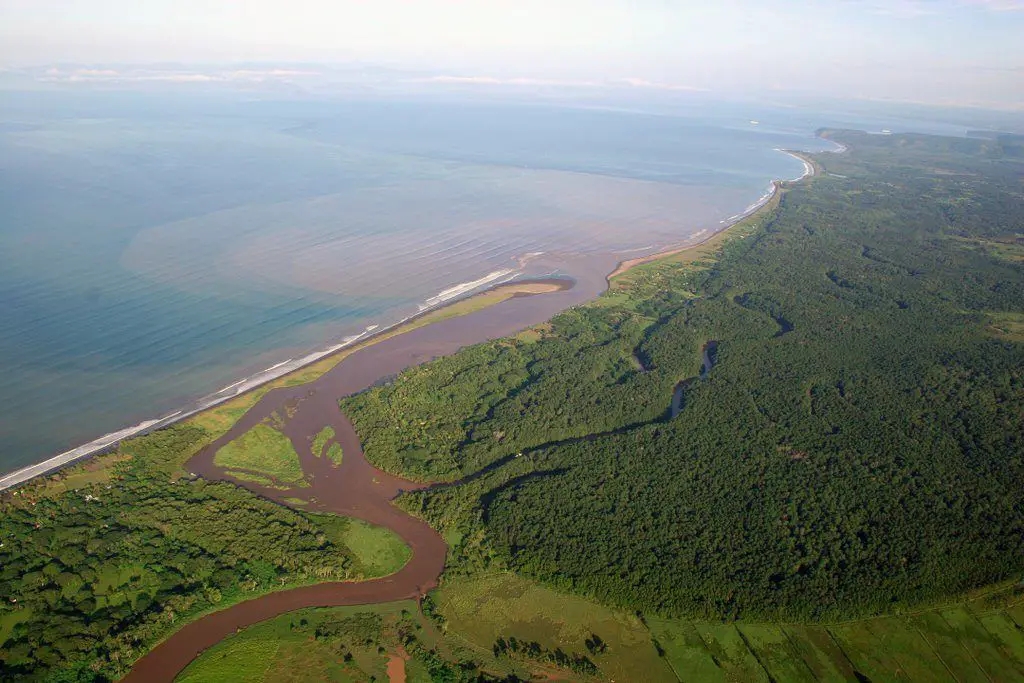💚 Our Project
The NAMBI digital 1 ft²
🔍 NAMBI 1 ft² Overview
Each NAMBI digital square foot is an asset-referenced token, anchored to a legally binding right over a geolocated 1 ft² within the Nambi Sanctuary. While it does not confer registry-based land ownership, the structure guarantees verifiable, immutable linkage between each token and the corresponding parcel of land. This framework preserves traceability and legal integrity, while ensuring long-term ecological stewardship: the land itself remains under the perpetual custodianship of the Foundation, independent of any individual token holder — safeguarding the sanctuary for future generations.
Symbol
 NAMBI
NAMBI
Blockchain
Contract Name
NambiEcoToken
Smart Contract Address
To Be Deployed
Decimals
18
Total Supply
 31,051,112
31,051,112
Transferability
✅ Transferable
DeFi Compatibility
✅ Compatible
Issuer
🇻🇬 Nambi Sanctuary Technologies Ltd
Tokenization Provider
 Bitbond
Bitbond
Code Auditor
 Certik
Certik
Each NAMBI digital 1 ft² is defined by the following core characteristics:

Conserving the Nambi Sanctuary, protecting the Guacalillo Mangrove Forest, and cleaning the Tárcoles River basin isn’t about lacking tech or manpower — it’s about aligning capital with nature. That’s what the NAMBI digital 1 ft² model is built to do. As a Regenerative Finance (ReFi) initiative, NAMBI ties each unit to the tangible ecological wealth of one of Costa Rica’s most vital ecosystems — and to the measurable impact it enables across conservation, restoration, science, and community resilience. More than a token, NAMBI is a purpose-driven instrument — a piece of Costa Rica, held not for profit, but for what truly matters: regenerating life, protecting species, and safeguarding our future.
NAMBI does not confer direct legal title over the land, nor any right dividends, interest distributions or assured financial returns.
🪙 Supply
NAMBI's supply is initially capped at 31,051,112 digital 1 ft², a figure precisely aligned with the square footage of the Nambi Sanctuary. This unique supply mechanism ensures that each digital 1 ft² represents 1 ft² of the underlying land.
🏛️ Legal Structure
The project is structured under the issuing entity, Nambi Sanctuary Technologies Ltd., a British Virgin Islands (BVI)–incorporated special-purpose vehicle. This entity operates in coordination with its controlling entity, the Nambi Sanctuary Foundation, based in Panama.
The Nambi Sanctuary Foundation retains ownership of the ecological asset—the 288-hectare Nambi Sanctuary—and grants Nambi Sanctuary Technologies Ltd. (its subsidiary and sole beneficiary) a commercialization agreement to manage the project and issue the NAMBI token.
This arrangement enables a transparent and efficient environmental financing model, whereby the issuing entity holds beneficiary rights over the asset solely for the purposes of token issuance, management, and commercialization, in full compliance with applicable digital asset and utility token regulations.
The relationship between both entities is structured to legally safeguard the organization’s objectives, preventing any speculative use or deviation from its intended purpose.
The Foundation serves as the guarantor of the mission and custodian of the sanctuary’s territorial integrity, while the issuing company operates within the defined contractual limits for the commercialization and technological management of the token.
🎯 Our Mission
Beyond mangrove conservation, our mission is to drive sustainable development—proving that regenerative economic models can be both nature-positive and economically incentivized by investing in conservation, ecosystem restoration, scientific research, environmental awareness, and sustainable development, building a circular economy rooted in nature.
👁️ Our Vision
By aligning the core of its value proposition with the United Nations Sustainable Development Goals (SDGs) and the growing interest in ESG (Environmental, Social, and Governance) assets, combined with its ultra-high scarcity and limited token supply, NAMBI aims to become the leading nature-based regenerative token for global participants committed to creating positive environmental and social impact.
🌐 Alignment with the United Nations Sustainable Development Goals (SDGs)
Nambi Sanctuary is inherently aligned with the United Nations 2030 Agenda, directly contributing to 13 out of the 17 Sustainable Development Goals (SDGs). By restoring mangrove and tropical forest ecosystems, supporting local communities, leveraging cutting-edge technology, and building circular economy infrastructure, NAMBI creates a uniquely traceable model of environmental and social impact that advances global sustainability.
By aligning ecological, technological, and social design with the UN SDGs, NAMBI transforms a local conservation initiative into a globally scalable regenerative finance model, proving that land stewardship can serve both nature and humanity—without compromising either.
Last updated


👥 Social and Community Development
SDG 1 – No Poverty Green employment, community engagement, and income from restoration, waste management, and ecotourism reduce local vulnerability.
SDG 2 – Zero Hunger Protecting fish nurseries and promoting ecosystem services supports food security for fishing communities.
SDG 3 – Good Health and Well-being Reducing pollution, enhancing air and water quality, and offering biophilic spaces contribute to public health and mental well-being.
SDG 4 – Quality Education Nambi Sanctuary funds environmental education for youth, visitors, and local communities while building an international scientific hub.
SDG 11 – Sustainable Cities and Communities Eco-infrastructure and pollution mitigation increase climate resilience and sustainable living near urban centers.
SDG 16 – Peace, Justice, and Strong Institutions Transparent governance structures, legal clarity, and participatory frameworks foster institutional integrity and reduce potential conflicts over natural resources.